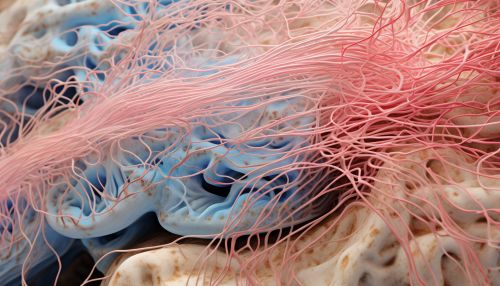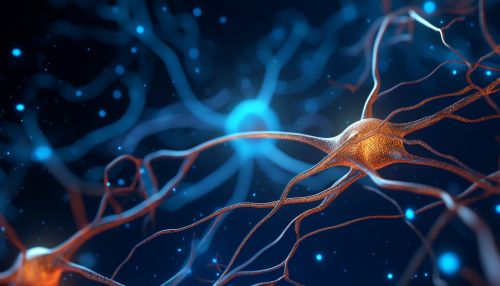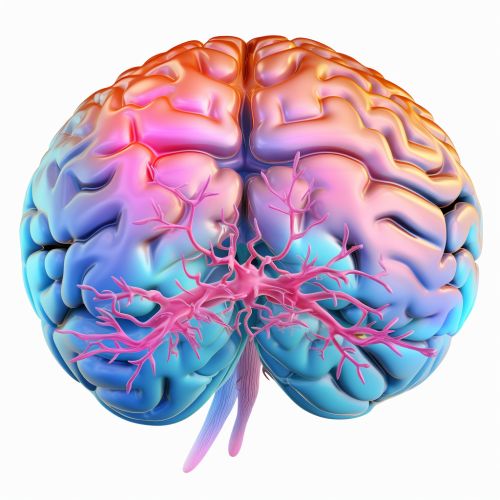Structural connectivity
Introduction
Structural connectivity refers to the physical connections between different regions of the brain, which are primarily formed by white matter tracts. These tracts, composed of bundles of axons, serve as the "highways" for information transfer within the brain. Structural connectivity is a critical aspect of brain function and is often studied in the context of neuroscience and neuroimaging.


Anatomy of Structural Connectivity
The primary components of structural connectivity are the white matter tracts. These tracts are composed of axons, which are long, slender projections of neurons that transmit electrical impulses away from the neuron's cell body. The axons are coated with a fatty substance called myelin, which insulates the axons and increases the speed of electrical transmission.


Methods of Studying Structural Connectivity
Structural connectivity is typically studied using neuroimaging techniques such as MRI and DTI. MRI provides detailed images of the brain's structure, while DTI is specifically used to visualize white matter tracts. These techniques allow researchers to map the brain's structural connectivity and study its role in various cognitive functions and neurological disorders.


Role in Cognitive Functions
Structural connectivity plays a crucial role in various cognitive functions. For instance, the connections between different brain regions enable complex processes such as memory, attention, and language. Disruptions in structural connectivity can lead to cognitive impairments, as seen in conditions such as Alzheimer's disease and autism spectrum disorder.


Structural Connectivity in Neurological Disorders
Alterations in structural connectivity are associated with several neurological disorders. For example, in Alzheimer's disease, there is a loss of connections in certain brain regions, leading to memory loss and cognitive decline. In autism spectrum disorder, there is an over-connectivity in some areas and under-connectivity in others, which may contribute to the characteristic symptoms of the disorder.


Conclusion
Understanding the structural connectivity of the brain is crucial for understanding brain function and dysfunction. Advances in neuroimaging techniques continue to provide new insights into the complex network of connections that underpin our cognitive abilities and behaviors. As our knowledge of structural connectivity grows, so too does our potential to develop targeted treatments for a range of neurological disorders.
